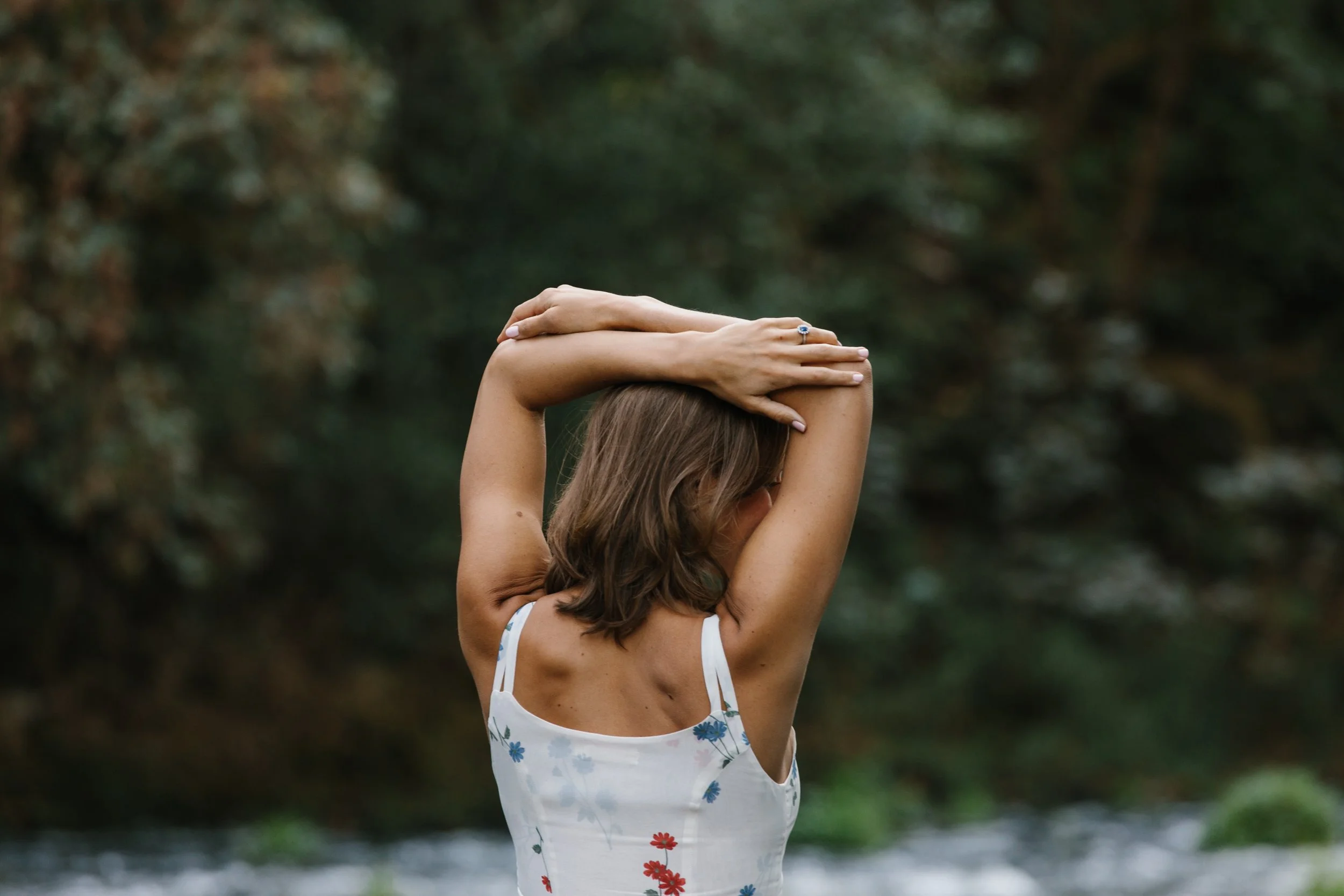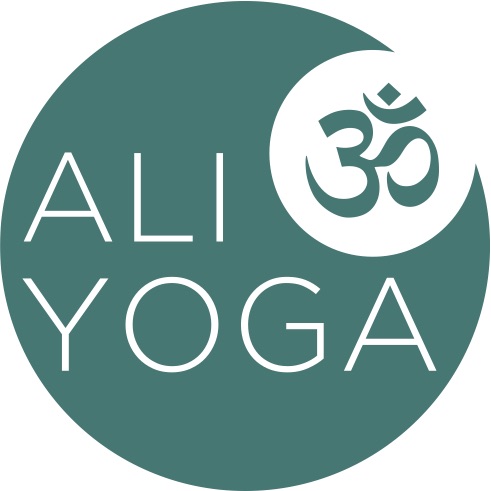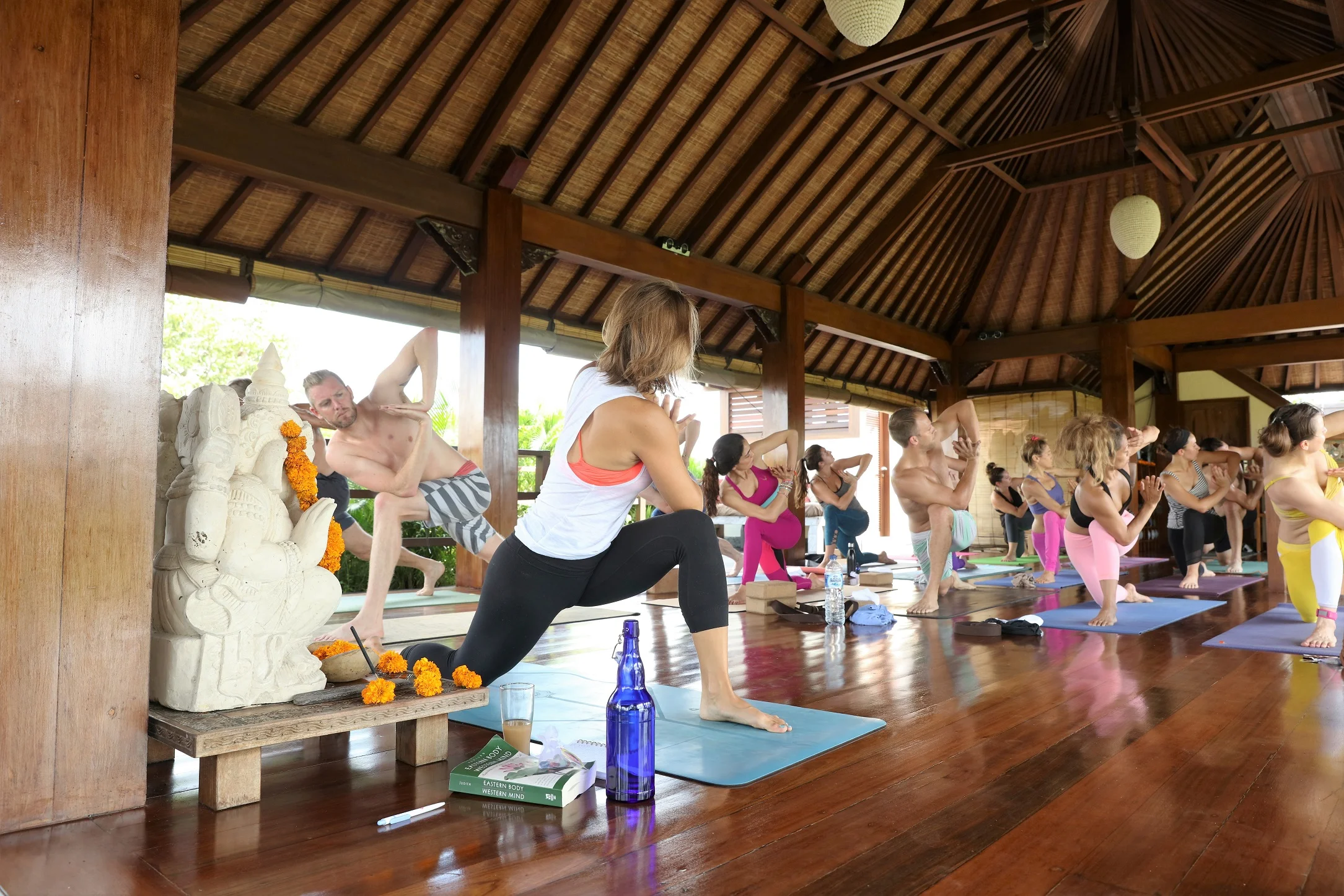An Interview with Mystic Mag

As originally seen on Mystic Mag
Q: Can you share with us how you discovered yoga and what was the initial impact that yoga had in your life?
I first found yoga while studying dance in the World Arts & Cultures program at UCLA. I took yoga as a course to fulfill a movement elective for my major. Part of the benefit of learning about yoga that way is that it introduced me to the breadth and depth of the practice. We practiced asana (movement) but also studied scripture, learned about the subtle body, and explored the ancient history of yoga. After the course, I continued to practice in Santa Monica, CA at several studios around the city. I signed up for a teacher training while working full-time in marketing and shortly, thereafter, left my corporate job to teach full-time. Yoga was once a 30-90 minute practice on a mat to relieve stress, calm my mind, and return to gratitude, but it quickly became the catalyst from which I live the life of my dreams - traveling the world, meeting my husband, and birthing two (soon to be 3) beautiful children. I still remember the moment I felt the impact of yoga - in that first classroom at UCLA, balancing in warrior 3, thinking to myself, here I am, right here, with my body and breath, completely present with my surroundings. It was the first time in my life I felt that full sense of presence.
Q: There are many different versions of yoga. What are the most common and ideal for someone that is starting?
Some of the most common practices of yoga fall under the umbrella of Hatha Yoga. Hatha means force and can be broken down into “ha” (sun) and “tha” (moon) meaning balancing the lunar and solar energies within the body to “yolk” or bring into union. The styles you may recognize are Ashtanga, Iyengar, Vinyasa, and Power Yoga. Other popular styles are Yin, Restorative, Kundalini, Bikram, Anusara, Jivamukti, Ariel, Acro, Pre/postnatal, and Bhakti Yoga. There is also Yoga Nidra, which is a lying down (or sitting) practice that resembles meditation as it focuses on various points of the body to bring you into a state of deep relaxation. The ideal practice for someone starting depends on their body, abilities, and life circumstances. Many people associate yoga with the rigorous movement practices of Hatha Yoga but there are so many more to explore that bring about similar benefits and are more appropriate for each individual. There are many paths to the same light.
Q: You teach yoga in person but also online. Do you believe that there’s a better/worse experience in one of those options or the results are the same?
I believe there are benefits to both. I started teaching online a year or two after teaching in person. I found that people gravitated towards online yoga if they had a demanding schedule, traveled often, or didn’t have a studio nearby. After becoming a mother, I found online yoga to be particularly helpful to learn about prenatal yoga, meditation, and Yoga Nidra. I have recommended online instruction to people healing from injuries or after giving birth. Online yoga might be more appropriate for those who are under the weather because they don’t want to spread germs or are unsure about making it through a class. Because there are so many different styles of yoga, online yoga may be more appropriate for someone looking for a particular style or teacher. I personally love in-person instruction as you get the benefit of working with a teacher and feeling the group energy of being in a class. With in-person instruction, it is important that you find a teacher who speaks to you, with classes that fit into your schedule, because that is what will keep you coming back. Consistency really is key in seeing the many benefits of this practice.
Q: What do you think is an overlooked or underestimated benefit of yoga?
A sense of union with your surroundings. You no longer feel separate from the whole, but united in your presence. You start to see how your presence matters and how your being-ness impacts those around you. You start to manifest your life, rather than wait for things to happen, because you feel more connected and aligned with your intuition. This allows you to follow your path rather than focus on the paths of others. You no longer look for the “right” answer but simply what is appropriate for you, and follow that with all your heart and trust.
Q: Stress, anxiety, burnout… Mental illnesses are more common these days and yoga can be really helpful. What should a new practitioner observe to help with those struggles?
I would first ask yourself what you can cut out of your life. For me, that was social media. When I became a mom, I felt the impact of burnout quite quickly trying to juggle my job with the demands of a newborn. I needed to find more time for self-care since and focus on the things that matter. By cutting out distractions, such as time scrolling online through endless articles and posts, I was able to cultivate more joy and presence with those in my life. It also gave me time to read, practice, and pause, letting my daughter nap on my chest while turning on a guided meditation instead of opening up an app. Ask yourself, is there something that I can cut out to make room for the things that bring me joy and more excellent health and well-being, even if that’s just 10 minutes a day?
Q: Yoga and meditation walk together towards the same goal. Do you have any tips for our audience on how to meditate and what are the first steps?
Meditation is a journey and a struggle for many. If you find yourself lost in thought during the first several meditation sessions, you are not alone. My first experience with meditation was on the beach. I would sit down, set my timer for 11 minutes, close my eyes, and simply follow my breath until the timer went off. I did that every day for 2 weeks. Something happened around minute 9 where the hamster wheel of my thoughts would start to slow and suddenly I would notice the sounds of my surroundings, whether that was the crash of the ocean waves, a bird flying by, or someone walking on the sand. From then on, I was hooked and started studying various styles of meditation. Similar to yoga, there are many different forms of meditation and I suggest finding one that works for you before giving up on the practice because it truly is extraordinary in its many benefits.
Q: To finalize, you focus on specific meditation programs for families and it’s very interesting. How are they different from traditional meditation? For example, how does the “mommy and me” program work?
Thank you for noticing and asking that question. One of the fascinating things about children is that they are always practicing yoga. They are natural yogis. They are fully present with their surroundings and, if in a safe environment, express themselves authentically and fully. I find children to be the greatest reminder of what we are working on when we step onto the mat or sit in meditation. We are returning to that childlike innocence and curiosity that they embody every day of their lives (at least in my experience with my 2 & 5-year-old). Because of this, I find family and mommy and me yoga to be extremely rewarding - we, as adults, can return to being the student and learn from them, which empowers them to be the teacher and share what they are learning about their environment. Their lens is so pure while ours has been tainted with life experience. If we can start to clean the slate a little bit at a time, then we start to realize how our conditioned programs are running our lives. This, in my opinion, gives us the opportunity to rewrite the story and we get to include them in that storybook. As a new mom, meditating and practicing with my daughter heightened our connection. She always felt the shift within me after practice and little things, such as eye contact and cuddling, became more intentional and appreciated. One thing we are always accommodating for in family or mommy and me yoga is their short, developing attention span. So you might not spend as long in practice but you find fun ways to include them in the flow. I find the constant interruptions to challenge our practice in a good way because that is the way of life. It’s not how often we get distracted, but how quickly we come back - that shows our practice is improving. We also use fun visualizations and tell stories that are relatable to kids so they find the practice interesting and engaging. For example, we may go on a safari when teaching little kids yoga using the postures to demonstrate different animals we find. Or focus on the colors of the chakras as we explore each one in meditation. It is a rewarding practice to share these teachings with your kids and a wonderful bonding experience for all.





